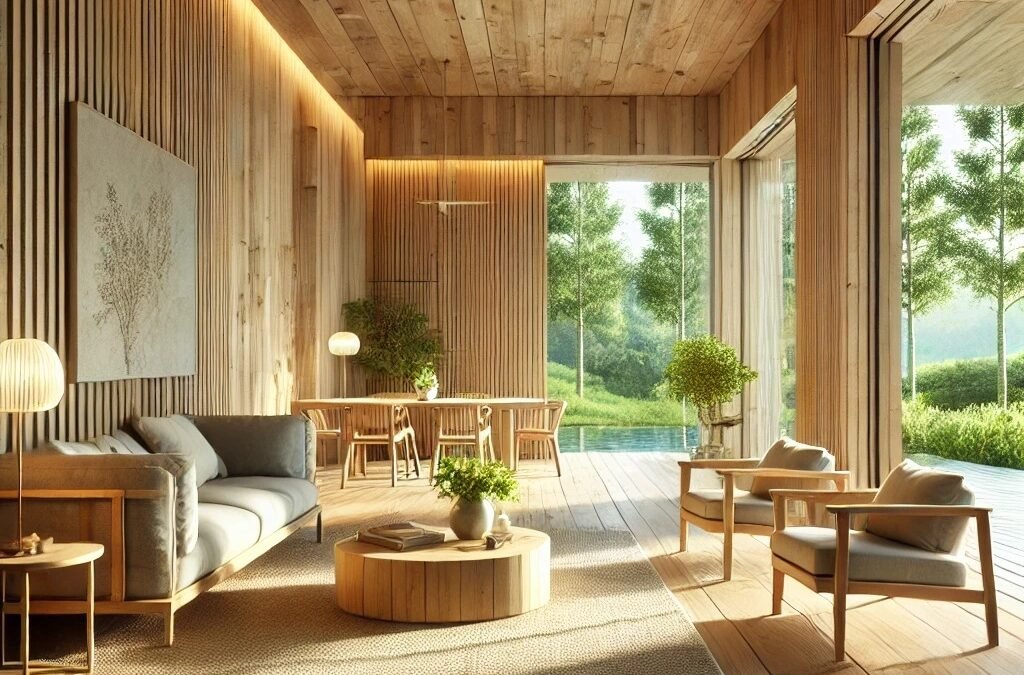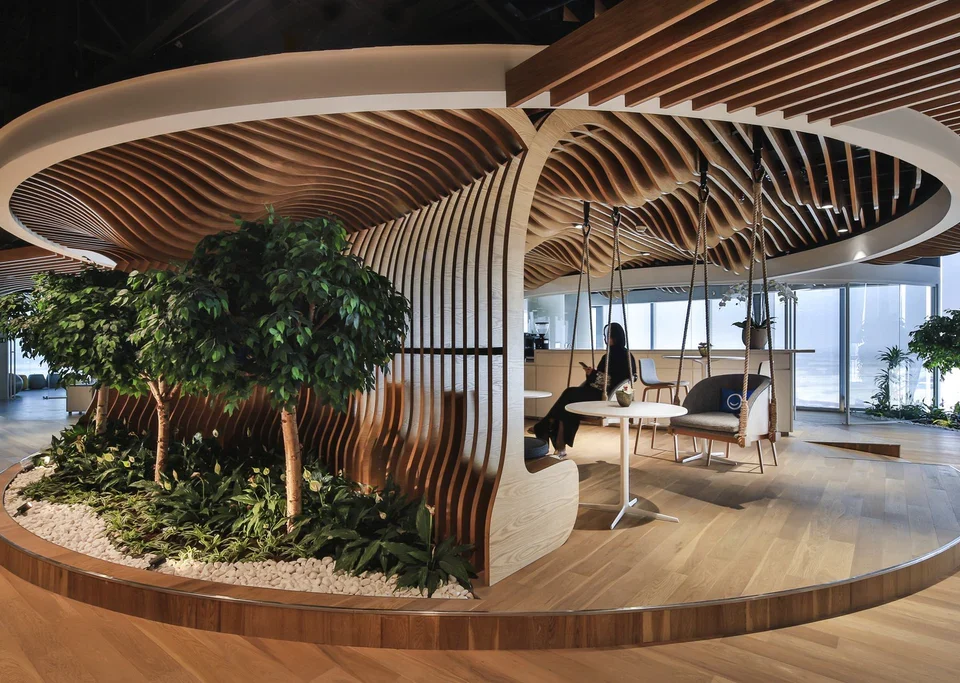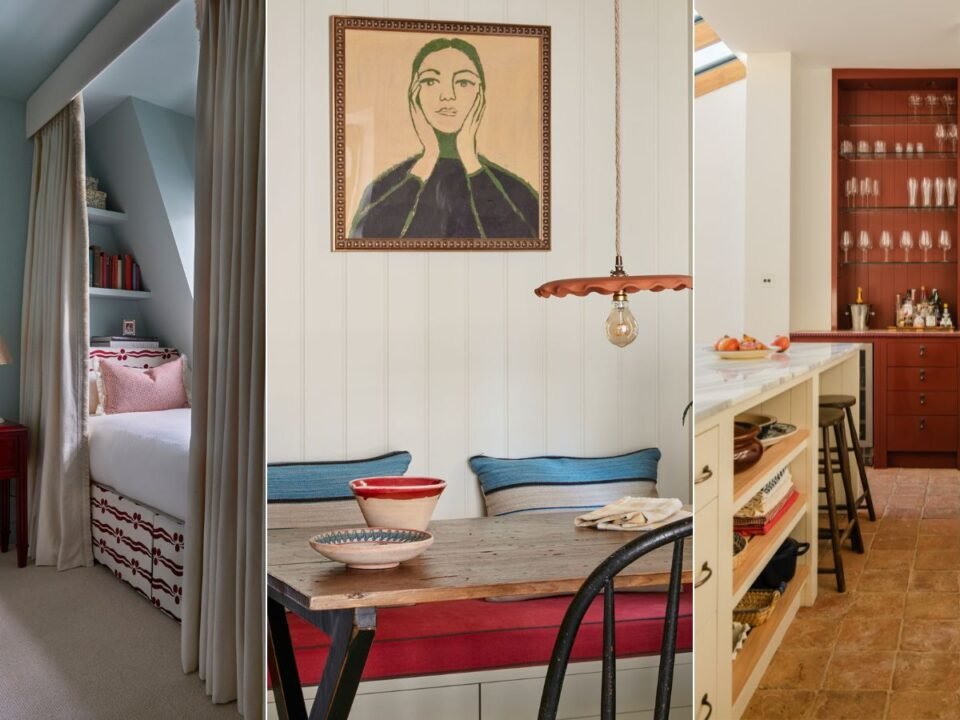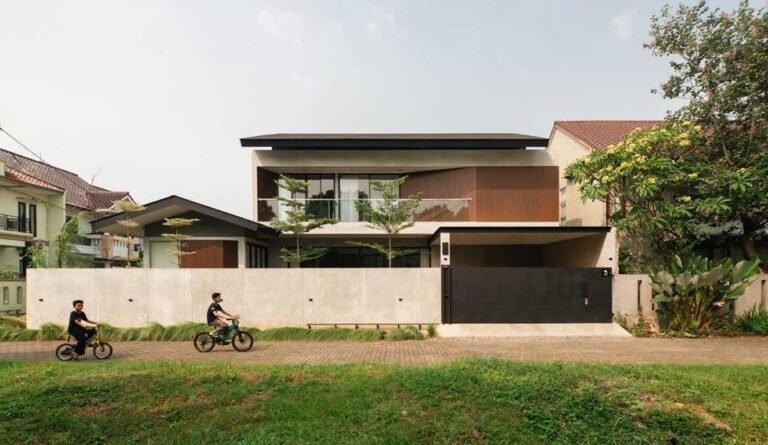In 2026, architecture is shifting toward a more human-centered approach, focusing not only on beauty and function but also on emotional well-being. This concept, known as Emotional Architecture, emphasizes how spaces can support calmness, clarity, and comfort in everyday life. It recognizes that the environments we inhabit influence our mental state as much as our physical routines.
One of the core foundations of emotional architecture is the thoughtful use of light and color. Warm natural lighting, soft tones, and earth-inspired palettes create a sense of harmony that helps reduce stress. Instead of harsh contrasts or overwhelming brightness, designers are embracing gentler visual atmospheres that promote relaxation and mental focus throughout the day.
Spatial flow also plays a major role. Emotional architecture values fluid layouts, unobstructed pathways, and intuitive zoning to minimize cognitive load. Spaces designed with clear circulation allow users to move effortlessly, enhancing comfort and supporting mental ease. Added elements such as quiet corners and acoustic-friendly materials further elevate the emotional experience.
Nature remains a key influence as well. Through biophilic design—integrating greenery, natural textures, daylight, and soft organic elements—spaces feel more grounded and emotionally uplifting. These features help reconnect users with nature, improving mood and creating a calmer living environment.
As emotional needs become more important in modern living, architecture must respond with sensitivity and purpose. At AZCREATION, we bring emotional intelligence into every design—crafting spaces that not only look beautiful, but also make people feel understood, supported, and inspired. Ready to build a space that elevates life? AZCREATION is here to bring your vision to life with meaning and intention




